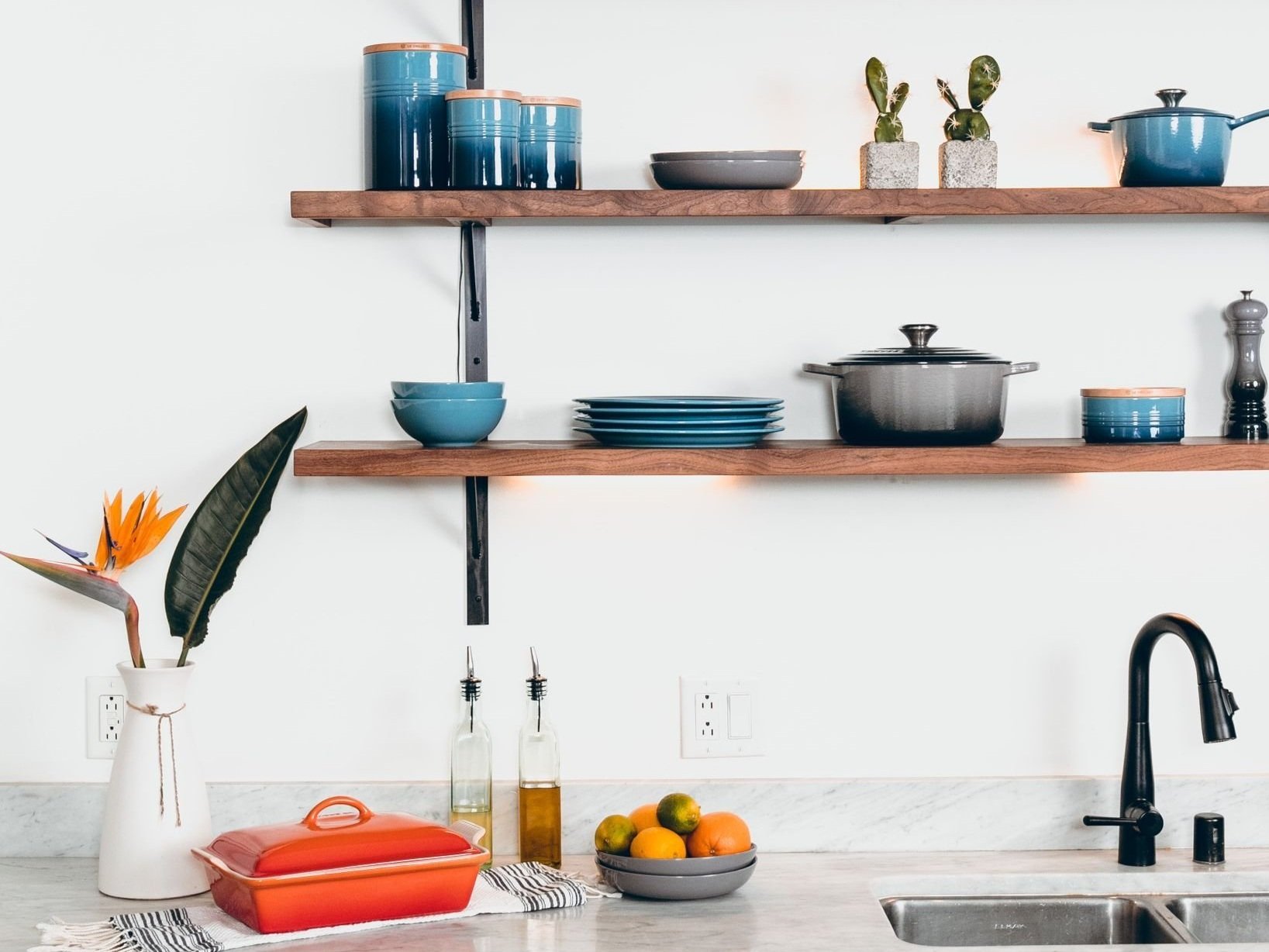Struggling with hypertension? Read these tips from an internal medicine doctor.
If you want to improve your health, but feel overwhelmed with where to begin, you’re at the right place. Dr. Jean Ann Beaton, a board-certified internal medicine physician at Dupont Private Health is here to share her top tips for managing hypertension.
Recently, I published a simple guide for how to check your blood pressure at home. Since measuring your blood pressure levels is just one component of managing hypertension – today, we’ll be diving deeper into how to properly regulate your sodium intake.
First of all, how does sodium intake affect blood pressure?
Salt is a wonderful mineral that is regulated by our kidneys. It helps add flavor to food, control our body’s fluid balance, and improve our muscle functions. However, while salt can help improve the taste of food, too much salt can negatively impact our blood pressure, causing hypertension.
Salt makes your body hold onto water. If you have too much salt, the extra water in your blood causes extra pressure on your blood vessel walls, which leads to higher blood pressure.
How much sodium should I have?
The Heart Association recommends, at maximum, keeping your sodium intake to 2,300 milligrams per day.
According to the Heart Association, the average person has a sodium intake of 3,400 milligrams per day. This is over 1,000 milligrams above what the recommended sodium intake of 2,300 milligrams per day.
I typically advise my patients with hypertension to keep their sodium intake in the range of 1,000-2,000 mg per day. A teaspoon of salt = is your whole sodium requirement for the day.
What foods have the most sodium?
Most foods that we encounter in daily life will surprise you with how much sodium is already added. The majority of salt in our diets typically does not even come from the salt shaker.
Dr. Michael Greger, American physician and founder of nutritionfacts.org explains that:
“The number-one source of sodium for kids and teens is pizza and, for adults over 51, bread. Between the ages of 20 and 50, however, the greatest contribution of sodium to the diet is not canned soups, pretzels, or potato chips, but chicken, due to all the salt and other additives that are injected into the meat.”
The best way to check how many milligrams of salt is in your food is by simply checking the nutrition facts label on the package. Sodium will be listed in milligrams or as “mg” on the package. The Heart Association explains that the total sodium shown on the nutrition facts label includes the sodium from salt, plus the sodium from any other sodium-containing ingredient in the product.
For example, this includes ingredients like sodium nitrate, sodium citrate, monosodium glutamate (MSG), or sodium benzoate.
What is the best diet to help with hypertension and sodium intake?
The DASH Diet, also known as the “Dietary Approaches to Stop Hypertension” is one of the top diets that can help stop hypertension and manage your sodium intake. The standard version of this diet focuses on limiting sodium intake to 2,300 mg per day, while the lower version of this diet will limit sodium intake to 1,500 mg per day.
Fruits, vegetables, and whole grains are the main foods focused on in this diet. The majority of the foods in the DASH diet are right in potassium, calcium, magnesium, fiber, and protein. While following the DASH diet, you will also encounter foods that are low in saturated fat and sodium. The program will help you accomplish daily and weekly nutritional goals with specific servings that are allowed in each food group bringing the total calorie allotment to 2,000 calories a day.
Final thoughts
As a general piece of advice, I encourage my patients to cook as much of their own food as possible. This allows us to have more control over how much salt is added to our meals. Precooked meals and restaurant foods will typically have far more salt added than necessary.
Of course, cooking at home is not always feasible – and that is not a cause for concern. Just keep the guidelines we discussed above in mind. Check nutrition labels, be mindful of the amount of salt your meals have, and consider checking your blood pressure at home using this guide.
This article does not constitute the practice of medicine, healthcare advice, diagnosis or treatment. You should always talk to your healthcare provider regarding your specific medical needs.


